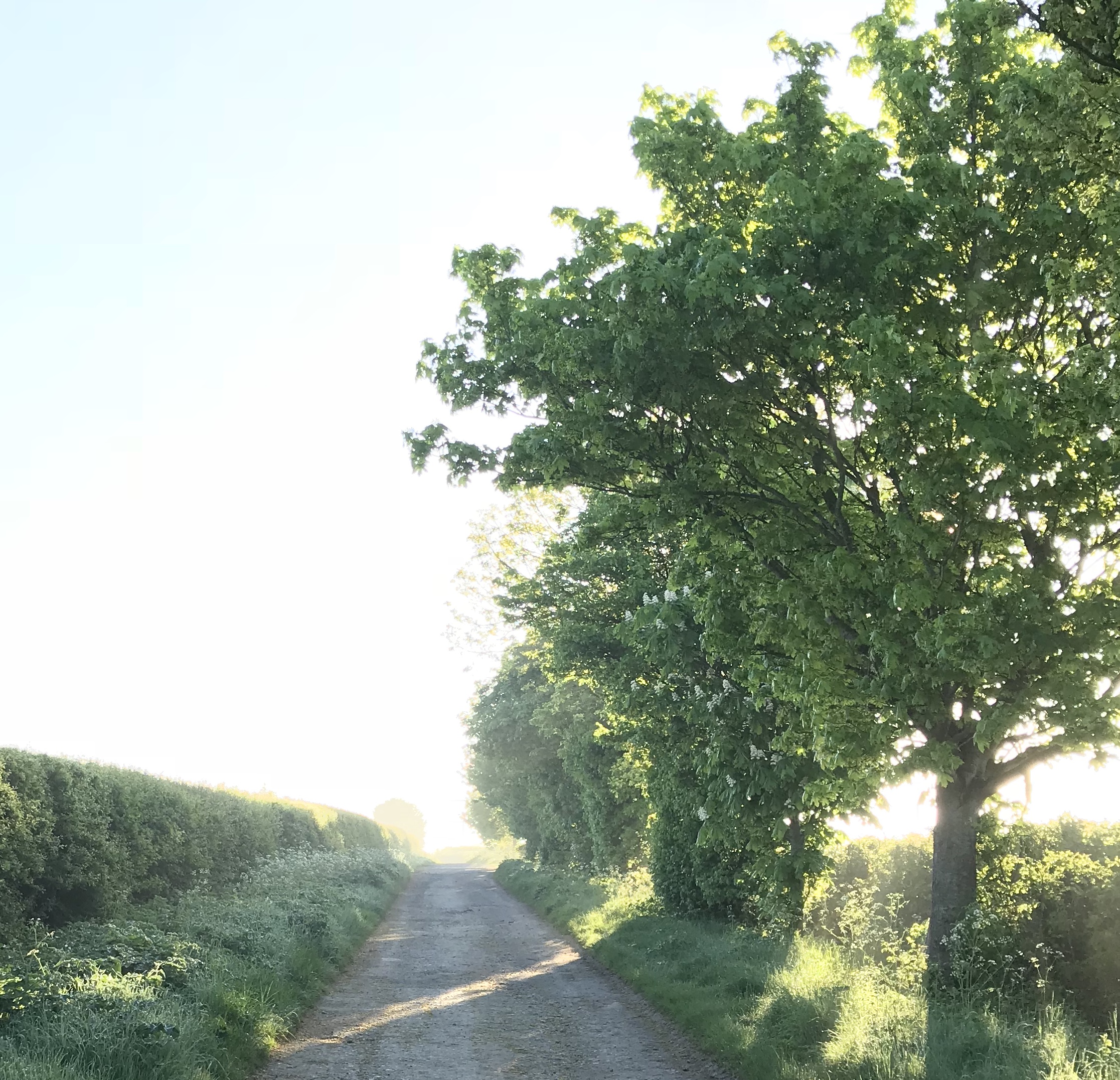So much of my work relates to new development. I am shocked by how anti-development people are – almost as if its a default position. Many reasons are given for being against new plans but I consider (cynically perhaps) that most are motivated by fears over how it will affect property value.
As a society, in considering where housing might be best-accommodated, we have a unique ‘one time only’ opportunity to look at the wider landscape and how it would best be incorporated into any new development. Of course, this is specifically applicable to those sites that contain hedges, trees and other natural features. I am often surprised by the lack of effort to retain old field boundaries, for example. These features have to be identified at the early stages of planning because once the alignment of infrastructure has been fixed, it’s really hard to change because it affects so many other planning issues.
Unfortunately, we must push out beyond what we might recognise as settlement boundaries in order to make adequate provision for future housing needs. Having accepted that, we should make every effort to incorporate the existing landscape into new development. The Local Planning Authority can do their part by identifying key features and protecting them either through making a TPO or through robust application of Policy. Developers can do their part by appreciating the value that established landscape features bring to their development.
There is a balance to be found and it is inevitable that there is some collateral damage as land is so precious. The really important trees are easy to identify though and if we do that early on, we’re a good way towards finding the best compromise.

